The Black Carp fish is a species of cyprinid fish, and is the sole species of the genus Mylopharyngodon. It is also known by some other names such as black Chinese roach, snail carp, Chinese roach, black amur and Chinese black carp. It is native to lakes and rivers in East Asia, ranging from the Amur Basin, through China to Vietnam. The fish is widely cultivated for food and also for Chinese medicine.
The Black Carp fish is not as widely distributed as many other carp fish species. It is the most highly esteemed and expensive foodfish in China. Because of it’s diet and limited food supply, it is the most scarce and expensive in the marketplace.
Black Carp fish has also introduced into the United States. And it is used in the control of snails in the United States in aquaculture. Today it is considered to be a serious threat to mollusks native to the United States, many of which are critically endangered. And the Black Carp fish was listed as an ‘injurious species’ in 2004, under the Lacey Act. Read some more information about this fish below.
Black Carp Fish Characteristics
The Black Carp fish closely resembles the Grass carp fish in appearance. They are similar in overall body shape, size and placement of fins, and both have very large scales. In case of coloration, the Black carps are slightly darker than Grass carps.
The Black Carp can reach up to 1.8 meters body length, with an average length between 60 and 120 cm. They can reach up to 35 kg live body weight, with recorded highest body weight of 70 kg. Photo and info from Missouri Department of Conservation and Wikipedia.

Feeding
The Black Carp fish are generally feed on snails and mussels. The larvae feed on zooplankton, then on ostracods and aquatic insects.
Breeding
The pre-spawning adult fish migrate upstream in spring to early summer, and spawning takes place in turbulent waters. Eggs of the Black Carp fish are pelagic and drift downstream and larvae enter nursery areas such as flood plains or backwater habitats. Main river channel is used as feeding and wintering area by subadults and adults.
Uses
The Black Carp fish are mainly cultivated for food. And also used for Chinese medicine.
Special Notes
The Black Carp fish are large fish. This species together with Bighead, Grass carp and Silver carp, make up the culturally important ‘four famous domestic fishes’ used in polyculture in China for over a thousand years.
And these 4 species are known as ‘Asian carp’ in the United States. Several countries reported adverse ecological impact after introduction of this fish species. However, review full breed profile of this fish species in the following table.
| Name | Black Carp |
| Kingdom | Animalia |
| Phylum | Chordata |
| Class | Actinopterygii |
| Order | Cypriniformes |
| Family | Cyprinidae |
| Genus | Mylopharyngodon |
| Species | M. piceus |
| Binomial Name | Mylopharyngodon piceus |
| Other Names | Also known by some other names such as black Chinese roach, snail carp, Chinese roach, black amur and Chinese black carp |
| Breed Purpose | Mainly food, also Chinese medicine |
| Weight | Can reach up to 70 kg |
| Special Notes | Large fish, used in polyculture in China for over a thousand years, mainly used for food, also used for Chinese medicine |
| Breeding Method | Natural |
| Climate Tolerance | Native climates |
| Body Color | Darker |
| Rarity | Common |
| Availability | Worldwide |

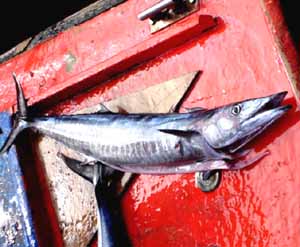
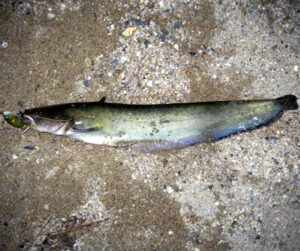
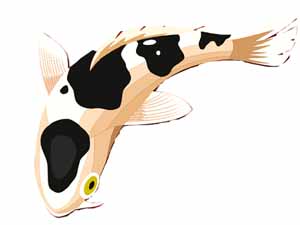
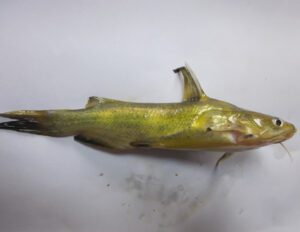
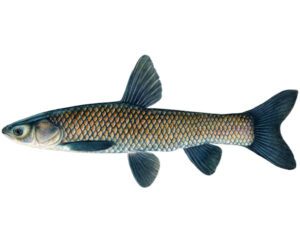
Black crap fry seed wanted 1lacks nos